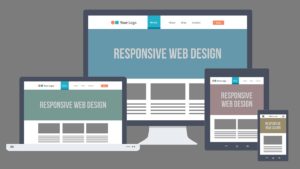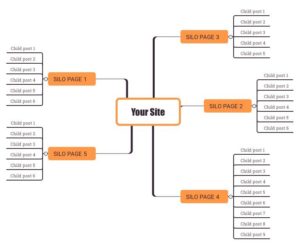SEO (search engine optimization) is one of the most discussed topic on web among internet marketers. However, many at times forget to relate this discussion with the design of a subject’s site.
History tells us that web design has always had significant impact on the rankings of a website and that’s what we are going to talk about in today’s article.

Does website design affect your SEO?
If you know anything about search engine optimization, you know that search engine optimization is divided in two big streams which are on page and off page SEO. Where off page is the art of ranking a website on search engine working on other 3rd party sites out there, on page is totally opposite than that.
When you do on-page SEO, you work on your own website to make changes that impact ranking. That’s where the name ‘on-page’ comes from. Now, as you can clearly understand, whatever you do on site has significant impact on your search engine positions. Now, the question to be asked is, how much of it is design related and how much is content?
If we dig deep, it is not difficult to understand that there are two elements in every website that makes it complete. There is the content element for which people come and visit your website. Nobody goes to a website to look at the aesthetic beauty of a site. Yes, it is important to have a good looking site to have decent UX experience but that does not mean that people will come to see the background design of a website. People come to see content which is represented by articles, videos & images. Now, does that make website design irrelevant?
Not really. Let’s look at some elements of web design that directly affect your SEO results.
 Page Speed
Page Speed
Page speed represents the number of seconds it takes for your website to load for someone. The design of your website will heavily impact the number of seconds it takes to load. For example, if you have big images on your site which are hosted within the platform then it might get more loading time. At the same time, if you have wrong codes, java script or unnecessary plugin on your webpage then it might also delay the loading speed of the site.
It is recommended by experts that you always keep a website’s loading speed under 3 seconds to get maximum visibility. Once it starts jumping up more than 3 seconds per visit, Google also lowers the ranking that the site receives. Therefore, page loading is something that you definitely should work on and it will directly have SEO impact on your website.
Parallax Design
Parallax is a form of web design where you see new content based on the scroll of a mouse or a drag of your thumb on a cellphone screen. Where parallax design is one of the best forms of design for a website, it might also result in negative SEO.
You see, page level back-link is one of the key ranking factors to rank a website according to Google. A back-link is when another website links to one of your pages from their own website. This creates a positive ranking signal according to Google which results in better search engine positions.
Now, when you have a parallax design on your website, you do not have the liberty to install many pages on site which means that you do not have the option to ask for backlinks on different pages of your website. You are now allowed to ask backlinks for only one of your pages which will result in losing backlink opportunities.
On the other hand, if you do a parallax design as well as publish different pages on your website about different important topics that your business cover, you will have the chance of acquiring more backlinks than you could with a simple parallax design. Though the design might not be the way you wanted initially, it will have a positive co-relation with the search engine results that you will see.
Heading Tags
One of the most important ranking factors in today’s time for a website is the heading tags which fall under web design. Heading tags are tags that tell Google or other search engines about the topic of a website and if your heading tag is not representing the topic of a website, it generally means that the site is not offering clear signals to Google.
There are multiple heading tags that you need to take care of in your website design but the most important ones are title tag, h1 tag, h2 tag and h3 tags. When you are designing your web pages, you should make sure that each of the pages have decent heading tags that represent the topic of that particular page.
If we dive deep, you should also know that the heading tags should not be repetitive which means that you should not have the same heading tags over and over on one of your page or on multiple pages on a single site. Keeping these factors into consideration will immediately help you to get better ranking with the help of search engine optimization.

Navigation Design
Navigation is another key element of search engine optimization these days and that is why you should keep navigation into consideration while building your website. You see, when Google or other search engines rank a website, they want to see a site that has clear signals (navigation) with different menu, breadcrumb and directions. If your website doesn’t have that on the web design level, you will run the risk of losing rankings.
The idea is very simple at the end of the day. Always make sure that you have clear signals on the navigation so that your traffic doesn’t get confused and Google will reward that with better ranking.

Content Management System
There was once a time when people used to code and build every page of a website manually. They did not have access to pre-built solutions and that is why it used to cost a lot to build websites. Content management systems (CMS) are solutions where you have the basic pre-built on every website so that you can design more on top of that.
The most popular content management system at this moment is WordPress and more than 40% of world’s live websites are made in WordPress. It is much easier to deal with when you are working on a CMS and that helps your SEO too.
The main way WordPress or other CMS solutions help you to get better SEO results is by enabling you to use multiple 3rd party solutions (plugins) which are integrated with your main website. For example, if you want your website to have decent meta description which is a key to get search engine visibility, you can install a plugin on WordPress called Yoast SEO which will allow you to add meta description on each of your pages. Most of these plugins are ‘freemium’ which gives CMS edge over other solutions.
If you look for any given search query, you will see that at least 70% of the top search results will be websites made under WordPress or other CMS and the number is continuously increasing.
Mobile Friendly Design
 Your website has to be mobile friendly and mobile responsive. Every day, more and more people are using their mobile to find information and that is why, Google has publicly said that they will take mobile optimization very seriously.
Your website has to be mobile friendly and mobile responsive. Every day, more and more people are using their mobile to find information and that is why, Google has publicly said that they will take mobile optimization very seriously.
There are multiple things that you can do on a web design level to have a mobile optimized website. First of all, you should have AMP (accelerated mobile pages) active on your site so that every page of your website has a lighter version that people can access. This will improve the SEO results of your website. At the same time, make sure that you are using tools like Google’s mobile readiness checker to see if your website loads perfectly on mobile or not.

SILO Structure
SILO is structuring your website in a way so that every topic gets their own column in which they will be linked to each other. The SILOs should not interact with each other and if you done your SILO correctly in the web design phase, you will see positive ranking changes on your website.
So there you go. These are how your website design affects SEO directly. There are other impacts too such as having alt-tags on your image, having videos re-embed on site from a third party and so on, however, we have only stuck to the major elements that you need to work on immediately in this article. Hopefully, this article will help you to improve your website design so that you get better SEO results at the end of the day.
SEO (search engine optimization) is one of the most discussed topic on web among internet marketers. However, many at times forget to relate this discussion with the design of a subject’s site.
History tells us that web design has always had significant impact on the rankings of a website and that’s what we are going to talk about in today’s article.

Does website design affect your SEO?
If you know anything about search engine optimization, you know that search engine optimization is divided in two big streams which are on page and off page SEO. Where off page is the art of ranking a website on search engine working on other 3rd party sites out there, on page is totally opposite than that.
When you do on-page SEO, you work on your own website to make changes that impact ranking. That’s where the name ‘on-page’ comes from. Now, as you can clearly understand, whatever you do on site has significant impact on your search engine positions. Now, the question to be asked is, how much of it is design related and how much is content?
If we dig deep, it is not difficult to understand that there are two elements in every website that makes it complete. There is the content element for which people come and visit your website. Nobody goes to a website to look at the aesthetic beauty of a site. Yes, it is important to have a good looking site to have decent UX experience but that does not mean that people will come to see the background design of a website. People come to see content which is represented by articles, videos & images. Now, does that make website design irrelevant?
Not really. Let’s look at some elements of web design that directly affect your SEO results.

Page Speed
Page speed represents the number of seconds it takes for your website to load for someone. The design of your website will heavily impact the number of seconds it takes to load. For example, if you have big images on your site which are hosted within the platform then it might get more loading time. At the same time, if you have wrong codes, java script or unnecessary plugin on your webpage then it might also delay the loading speed of the site.
It is recommended by experts that you always keep a website’s loading speed under 3 seconds to get maximum visibility. Once it starts jumping up more than 3 seconds per visit, Google also lowers the ranking that the site receives. Therefore, page loading is something that you definitely should work on and it will directly have SEO impact on your website.
Parallax Design
Parallax is a form of web design where you see new content based on the scroll of a mouse or a drag of your thumb on a cellphone screen. Where parallax design is one of the best forms of design for a website, it might also result in negative SEO.
You see, page level back-link is one of the key ranking factors to rank a website according to Google. A back-link is when another website links to one of your pages from their own website. This creates a positive ranking signal according to Google which results in better search engine positions.
Now, when you have a parallax design on your website, you do not have the liberty to install many pages on site which means that you do not have the option to ask for backlinks on different pages of your website. You are now allowed to ask backlinks for only one of your pages which will result in losing backlink opportunities.
On the other hand, if you do a parallax design as well as publish different pages on your website about different important topics that your business cover, you will have the chance of acquiring more backlinks than you could with a simple parallax design. Though the design might not be the way you wanted initially, it will have a positive co-relation with the search engine results that you will see.
Heading Tags
One of the most important ranking factors in today’s time for a website is the heading tags which fall under web design. Heading tags are tags that tell Google or other search engines about the topic of a website and if your heading tag is not representing the topic of a website, it generally means that the site is not offering clear signals to Google.
There are multiple heading tags that you need to take care of in your website design but the most important ones are title tag, h1 tag, h2 tag and h3 tags. When you are designing your web pages, you should make sure that each of the pages have decent heading tags that represent the topic of that particular page.
If we dive deep, you should also know that the heading tags should not be repetitive which means that you should not have the same heading tags over and over on one of your page or on multiple pages on a single site. Keeping these factors into consideration will immediately help you to get better ranking with the help of search engine optimization.

Navigation Design
Navigation is another key element of search engine optimization these days and that is why you should keep navigation into consideration while building your website. You see, when Google or other search engines rank a website, they want to see a site that has clear signals (navigation) with different menu, breadcrumb and directions. If your website doesn’t have that on the web design level, you will run the risk of losing rankings.
The idea is very simple at the end of the day. Always make sure that you have clear signals on the navigation so that your traffic doesn’t get confused and Google will reward that with better ranking.

Content Management System
There was once a time when people used to code and build every page of a website manually. They did not have access to pre-built solutions and that is why it used to cost a lot to build websites. Content management systems (CMS) are solutions where you have the basic pre-built on every website so that you can design more on top of that.
The most popular content management system at this moment is WordPress and more than 40% of world’s live websites are made in WordPress. It is much easier to deal with when you are working on a CMS and that helps your SEO too.
The main way WordPress or other CMS solutions help you to get better SEO results is by enabling you to use multiple 3rd party solutions (plugins) which are integrated with your main website. For example, if you want your website to have decent meta description which is a key to get search engine visibility, you can install a plugin on WordPress called Yoast SEO which will allow you to add meta description on each of your pages. Most of these plugins are ‘freemium’ which gives CMS edge over other solutions.
If you look for any given search query, you will see that at least 70% of the top search results will be websites made under WordPress or other CMS and the number is continuously increasing.

Mobile Friendly Design
Your website has to be mobile friendly and mobile responsive. Every day, more and more people are using their mobile to find information and that is why, Google has publicly said that they will take mobile optimization very seriously.
There are multiple things that you can do on a web design level to have a mobile optimized website. First of all, you should have AMP (accelerated mobile pages) active on your site so that every page of your website has a lighter version that people can access. This will improve the SEO results of your website. At the same time, make sure that you are using tools like Google’s mobile readiness checker to see if your website loads perfectly on mobile or not.

SILO Structure
SILO is structuring your website in a way so that every topic gets their own column in which they will be linked to each other. The SILOs should not interact with each other and if you done your SILO correctly in the web design phase, you will see positive ranking changes on your website.
So there you go. These are how your website design affects SEO directly. There are other impacts too such as having alt-tags on your image, having videos re-embed on site from a third party and so on, however, we have only stuck to the major elements that you need to work on immediately in this article. Hopefully, this article will help you to improve your website design so that you get better SEO results at the end of the day.


